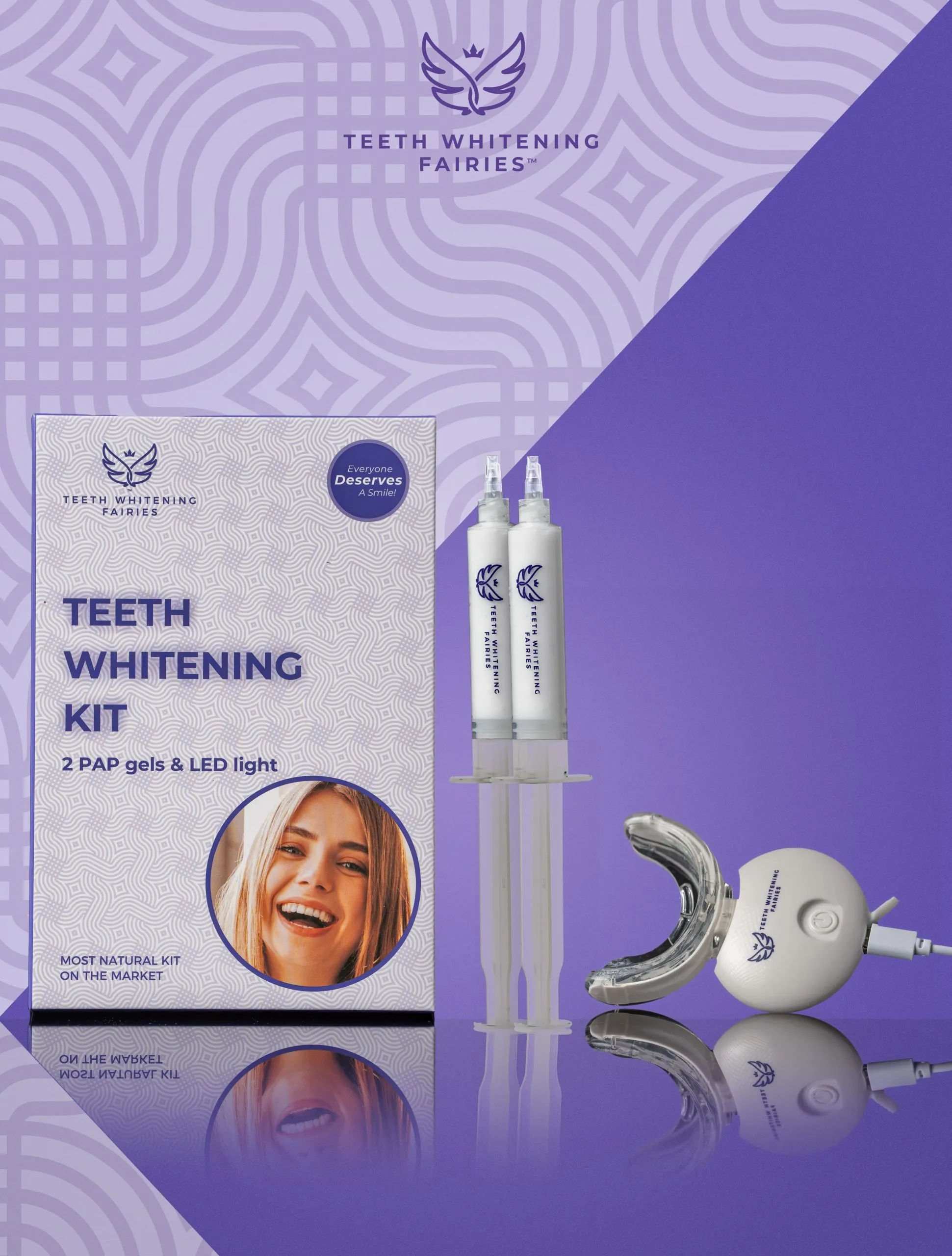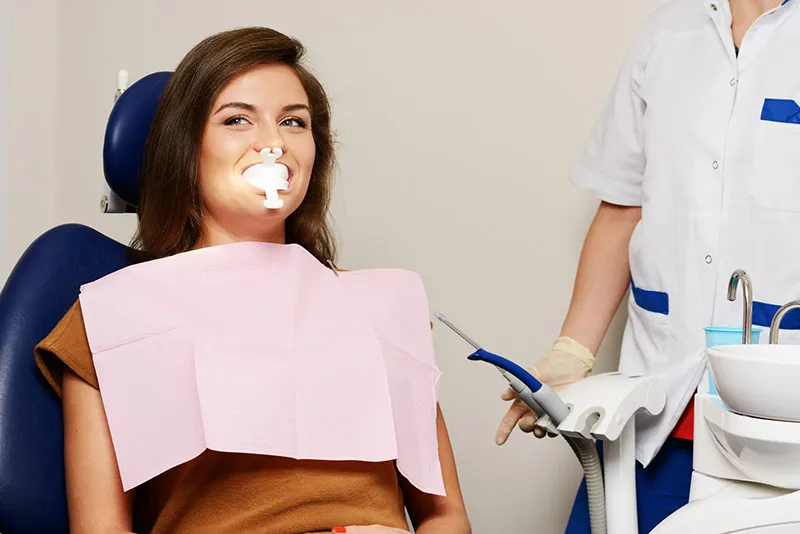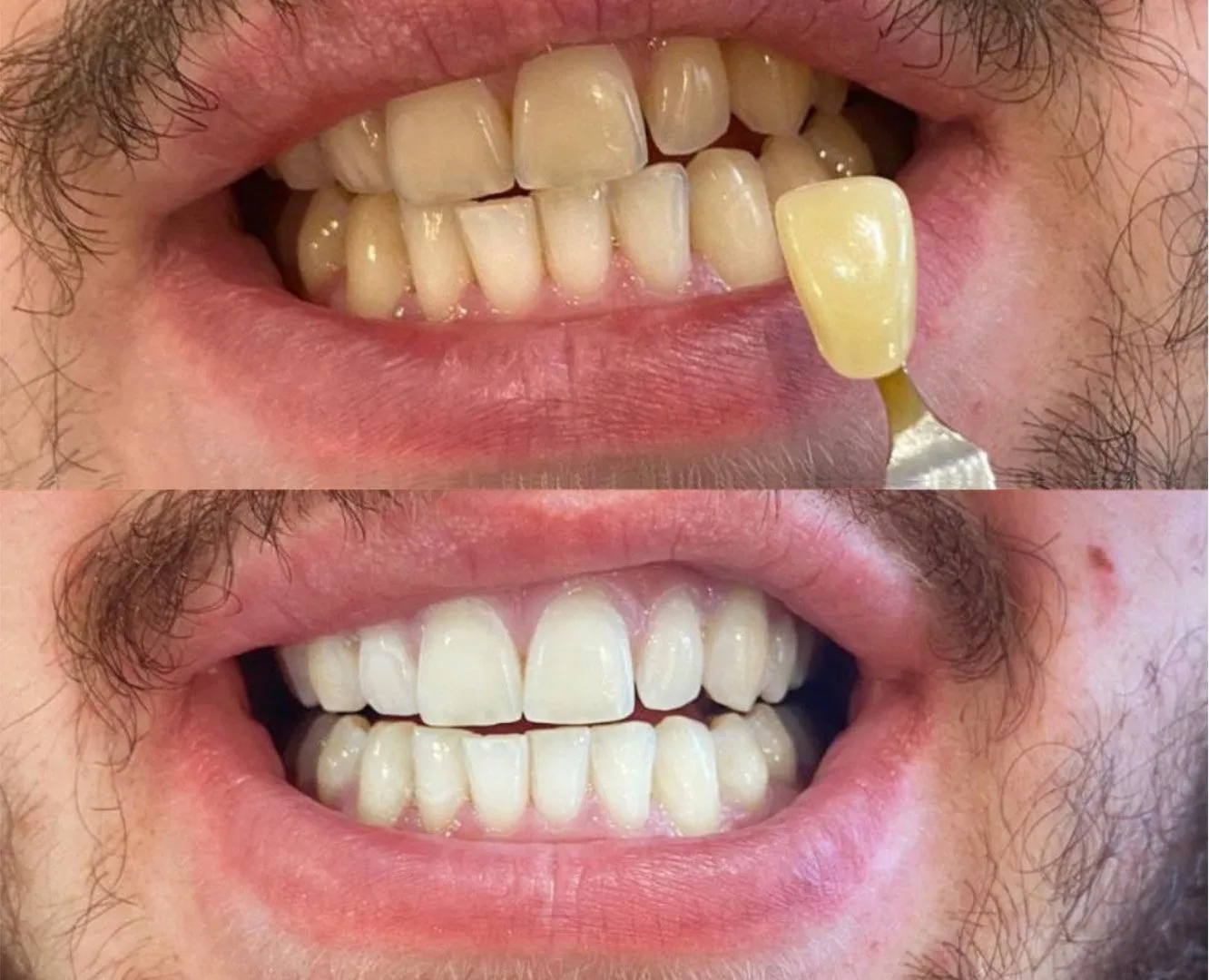What is Teeth Whitening
Teeth whitening is a cosmetic dental procedure designed to lighten the color of your teeth. It’s a popular way to enhance your smile and boost your confidence. Over time, teeth can become discolored due to various factors like aging, certain foods and drinks (coffee, tea, red wine), smoking, and even certain medications. Teeth whitening aims to remove these stains and brighten your smile, giving you a more youthful and vibrant appearance. It’s a relatively simple and non-invasive procedure with significant aesthetic benefits. Various methods are available, from professional in-office treatments to at-home options, each with its own pros and cons. Choosing the right method depends on your individual needs, the severity of the discoloration, and your budget.
Types of Teeth Whitening
There are two primary categories of teeth whitening methods professional treatments administered by a dentist and at-home options you can use yourself. Each type offers different levels of effectiveness, convenience, and cost. Professional teeth whitening is typically more potent and provides quicker results due to the higher concentration of whitening agents used and the controlled environment of a dental office. At-home methods are generally more affordable and convenient, allowing you to whiten your teeth at your own pace. However, they may take longer to show noticeable results and may not be as effective for severe staining. Understanding the differences between these two categories is the first step in choosing the best teeth whitening solution for your needs.
In-Office Teeth Whitening

In-office teeth whitening, also known as chairside bleaching, is a professional treatment performed by a dentist in their clinic. This method uses a high concentration of hydrogen peroxide or carbamide peroxide to bleach the teeth. The process is typically completed in a single appointment, making it a fast and effective option for people seeking immediate results. Dentists often use a special light or laser to activate the whitening agent, accelerating the process and enhancing the whitening effects. Before the procedure, the dentist will usually clean your teeth and protect your gums with a special barrier to prevent irritation from the whitening agent. In-office whitening is a great choice if you want dramatic results quickly and are willing to invest in a more professional service.
The Process
The in-office teeth whitening process begins with a thorough examination of your teeth to assess your overall oral health and determine if you’re a suitable candidate for the treatment. If your dentist deems you a good fit, they will start by cleaning your teeth to remove any plaque or surface stains. Next, a protective gel is applied to your gums to shield them from the whitening agent. Then, the whitening agent, a high-concentration peroxide gel, is applied to the surface of your teeth. A special light or laser is then used to activate the gel, which breaks down the stains and brightens your teeth. The process is often repeated several times during the appointment to achieve the desired level of whitening. Afterward, your dentist will provide you with post-whitening care instructions to maintain your new, bright smile.
Benefits of In-Office Whitening
The primary advantage of in-office teeth whitening is its speed and effectiveness. You can achieve significant whitening in just one appointment, which is ideal if you have an important event or simply want quick results. Because the dentist uses a higher concentration of whitening agents, the treatment is often more effective than at-home options, particularly for stubborn stains. In-office whitening is also performed under the supervision of a dental professional, ensuring the safety of your teeth and gums. The dentist can monitor the process and address any sensitivity or side effects that may arise. Furthermore, in-office treatments often include additional services, such as a professional cleaning, that can improve your overall oral health.
At-Home Teeth Whitening Options

At-home teeth whitening provides a convenient and cost-effective alternative to in-office treatments. There are several at-home options available, each with its own advantages and disadvantages. These options typically involve lower concentrations of whitening agents compared to professional treatments, which means they may take longer to produce noticeable results. However, they are generally safe and easy to use, allowing you to whiten your teeth in the comfort of your own home. Before using any at-home whitening product, it’s essential to consult with your dentist to ensure it’s appropriate for your specific dental needs and to get advice on how to use it safely and effectively. This will help you get the best results while minimizing the risk of potential side effects.
Whitening Toothpastes and Rinses
Whitening toothpastes and mouthwashes are the most accessible and affordable at-home whitening options. They contain mild abrasives and chemical agents that help remove surface stains, such as those caused by coffee, tea, and tobacco. Whitening toothpastes typically include ingredients like hydrated silica or calcium carbonate to polish away stains, while mouthwashes may contain hydrogen peroxide or other whitening agents. These products can help maintain the brightness of your teeth and prevent new stains from forming. However, they generally do not change the intrinsic color of your teeth significantly. For more noticeable whitening, consider combining these products with other at-home options or professional treatments.
Teeth Whitening Strips
Teeth whitening strips are thin, flexible strips coated with a peroxide-based whitening agent. They are designed to be applied directly to your teeth, where they adhere and release the whitening agent. Strips are easy to use, convenient, and generally more effective than whitening toothpastes. They are available over the counter and provide a good option for mild to moderate staining. The strips are typically worn for a certain amount of time each day, and the treatment usually lasts for a few weeks. Be sure to follow the instructions on the product packaging, and consult with your dentist to determine if strips are a good choice for you. You can find these strips at most drugstores in Fairview.
Custom Tray Whitening

Custom tray whitening involves having your dentist create custom-fitted trays that fit perfectly over your teeth. You then fill these trays with a whitening gel and wear them for a specified amount of time each day or night. This method offers a more controlled and personalized approach to at-home whitening. Custom trays ensure that the whitening gel comes into contact with your teeth evenly and minimizes the risk of the gel touching your gums, which can cause irritation. Your dentist can also adjust the concentration of the whitening agent to suit your specific needs and sensitivity levels. This method is more effective than over-the-counter strips and toothpastes and is often a good intermediate option between at-home and in-office treatments. To get this service, schedule an appointment with a dentist in Fairview.
Is Teeth Whitening Safe
Teeth whitening is generally considered safe when performed or supervised by a dental professional, or when using over-the-counter products as directed. However, it’s essential to understand the potential risks and take precautions to minimize them. The safety of teeth whitening depends on several factors, including the concentration of the whitening agent, the duration of the treatment, and the individual’s oral health. People with sensitive teeth, gum disease, or existing dental work (such as fillings or crowns) may experience more side effects or have less predictable results. Always consult with your dentist before starting any whitening treatment to ensure it’s a suitable option for you and to receive personalized recommendations.
Potential Side Effects
The most common side effects of teeth whitening are tooth sensitivity and gum irritation. Tooth sensitivity may occur because the whitening agents can temporarily open the pores of your enamel, making your teeth more susceptible to temperature changes. Gum irritation may result if the whitening agent comes into contact with your gums. These side effects are usually temporary and subside shortly after the treatment is completed. In rare cases, other side effects such as changes in the texture of the tooth surface can occur. Your dentist can provide treatments to help mitigate these side effects, like special toothpaste for sensitivity or fluoride treatments. Inform your dentist if you experience any unusual or persistent side effects.
Consulting with a Dentist in Fairview

Before undergoing teeth whitening, it’s crucial to consult with a dentist in Fairview. A dental professional can assess your oral health, identify any existing dental issues, and determine if teeth whitening is suitable for you. They can also recommend the most appropriate whitening method based on your needs and preferences. During your consultation, your dentist will examine your teeth and gums, discuss your goals for teeth whitening, and explain the different treatment options available. They may also take impressions of your teeth to create custom trays or recommend pre-whitening treatments to address any underlying dental problems. Consulting with your dentist ensures that you receive safe and effective teeth whitening, minimizing the risk of complications and maximizing your results. You will also get guidance on post-whitening care, which is vital for maintaining your new smile.
Maintaining Your White Smile
After teeth whitening, maintaining your bright smile requires consistent care and attention. Following post-whitening instructions provided by your dentist is essential, as well as practicing good oral hygiene habits. This involves brushing your teeth twice a day with a whitening toothpaste, flossing daily, and using an antiseptic mouthwash. Regular dental checkups and cleanings are also crucial to prevent new stains and maintain your white teeth. Your dentist can provide professional cleanings to remove surface stains and advise on the best products to help you keep your teeth bright. By incorporating these habits into your daily routine, you can prolong the results of your teeth whitening treatment and enjoy a dazzling smile for years to come.
Post-Whitening Care
Proper post-whitening care is critical to preserving the results of your teeth whitening treatment. Immediately after whitening, your teeth are more vulnerable to staining, so you must follow your dentist’s instructions carefully. Avoid consuming staining foods and drinks, such as coffee, tea, red wine, berries, and dark sauces, for at least the first 48 hours. Refrain from smoking, as tobacco can quickly discolor your teeth. Additionally, use a soft-bristled toothbrush and be gentle when brushing to avoid irritating your gums or enamel. Your dentist may recommend a fluoride treatment or desensitizing toothpaste to help reduce sensitivity. If you have custom whitening trays, you can use them for occasional touch-up treatments to maintain your bright smile. Consider scheduling regular dental checkups to maintain your beautiful smile.
Avoiding Staining Foods and Drinks

To maximize and maintain the results of your teeth whitening treatment, be mindful of the foods and drinks you consume. Certain foods and drinks contain pigments that can stain your teeth. Try to limit your intake of coffee, tea, red wine, dark-colored sodas, and fruit juices. These beverages have a high potential to stain the teeth, especially in the initial days after whitening. Also, be careful with heavily pigmented foods, such as berries, beets, soy sauce, and curries. If you choose to consume these foods and drinks, consider using a straw to minimize contact with your teeth and brushing your teeth shortly afterward to reduce the risk of staining. Making informed food choices is vital for preserving your newly whitened smile and enjoying its benefits for an extended period. This step can help ensure you have that beautiful, healthy smile for a long time.
